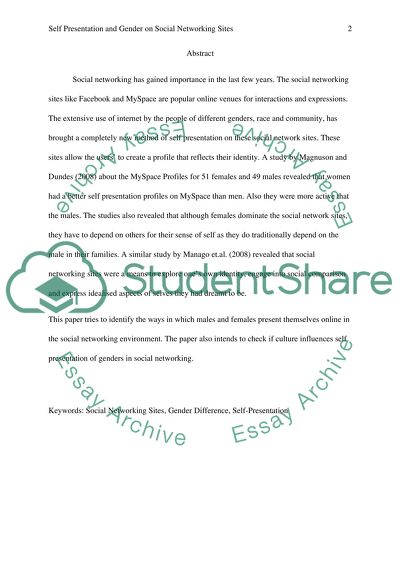Cite this document
(“Self-Presentation and Gender on Social Networking Sites Research Paper”, n.d.)
Retrieved from https://studentshare.org/gender-sexual-studies/1449631-communication-issue-paper
Retrieved from https://studentshare.org/gender-sexual-studies/1449631-communication-issue-paper
(Self-Presentation and Gender on Social Networking Sites Research Paper)
https://studentshare.org/gender-sexual-studies/1449631-communication-issue-paper.
https://studentshare.org/gender-sexual-studies/1449631-communication-issue-paper.
“Self-Presentation and Gender on Social Networking Sites Research Paper”, n.d. https://studentshare.org/gender-sexual-studies/1449631-communication-issue-paper.


